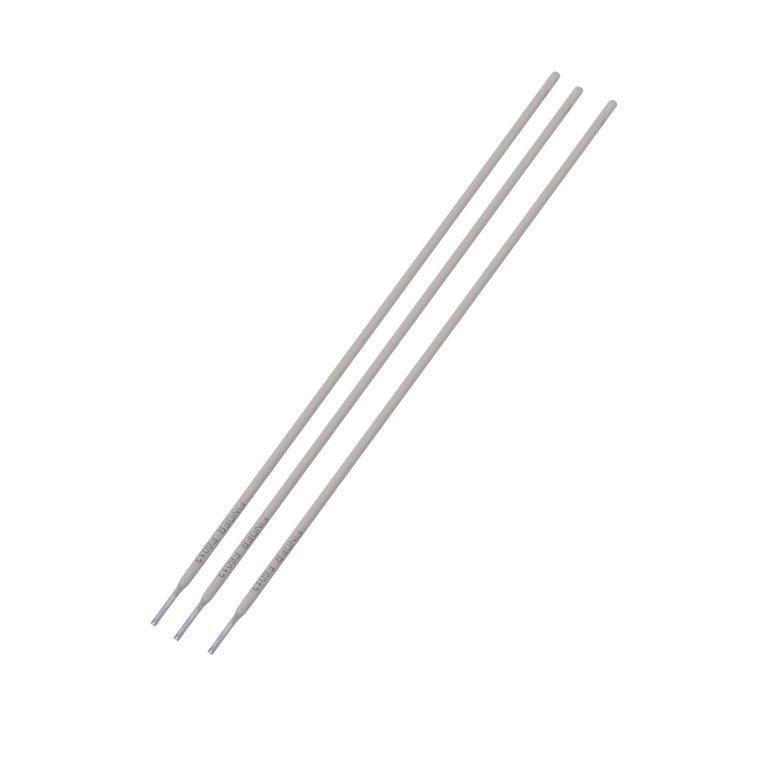Do you know what types of welding tools are available and how to use them? Let’s learn together!
Firstly, let’s talk about the most common welding tool – welding electrodes. Welding electrodes are composed of alloy flux, welding wire, and end caps. Before use, we need to sharpen the tail of the welding rod to maintain consistency with the polarity of the power supply. Next, insert the welding wire into the flux, align the welding rod with the area to be welded, use the positive pole of the power supply to burn the arc on the welding wire, and use the reverse pole handle to press down the welding rod, so that the welding wire fully fuses with the metal surface.

In addition to welding electrodes, we also have a very common welding tool – welding tongs. Electric welding tongs are tools used to clamp and fix welding rods, usually made of aluminum alloy, with a surface treated with hard chromium plating to extend their service life. When using, it is necessary to first open the pliers, then put the welding rod into it, and then clamp the metal part to be welded, and then proceed with the welding operation.
In addition, there are many types of welding tools, such as gas shielded welding guns, electric slag welding guns, etc., which are specialized tools for metal welding using arcs as heat sources. When using, adjustments need to be made according to different welding methods, welding materials, and metal types to achieve the expected welding effect.
After understanding the types and uses of various welding tools, we will now learn how to use them correctly. Firstly, when using welding electrodes, good contact between the electrode and the workpiece should be maintained, and appropriate force should be applied to avoid defects such as porosity and slag inclusion. At the same time, according to different metal materials and welding scenarios, choose appropriate arc length and current size to ensure welding quality.
In addition, we also need to pay attention to insulation issues during the welding process. When welding high alloy steel, in order to prevent hot cracking, it is necessary to maintain an appropriate temperature to improve welding quality. Therefore, it is very important to use appropriate welding power sources and auxiliary equipment such as welding stations.
In short, welding tools are an indispensable helper in our industrial manufacturing. Mastering the types, usage methods, and precautions of various welding tools makes us stronger in practice.
